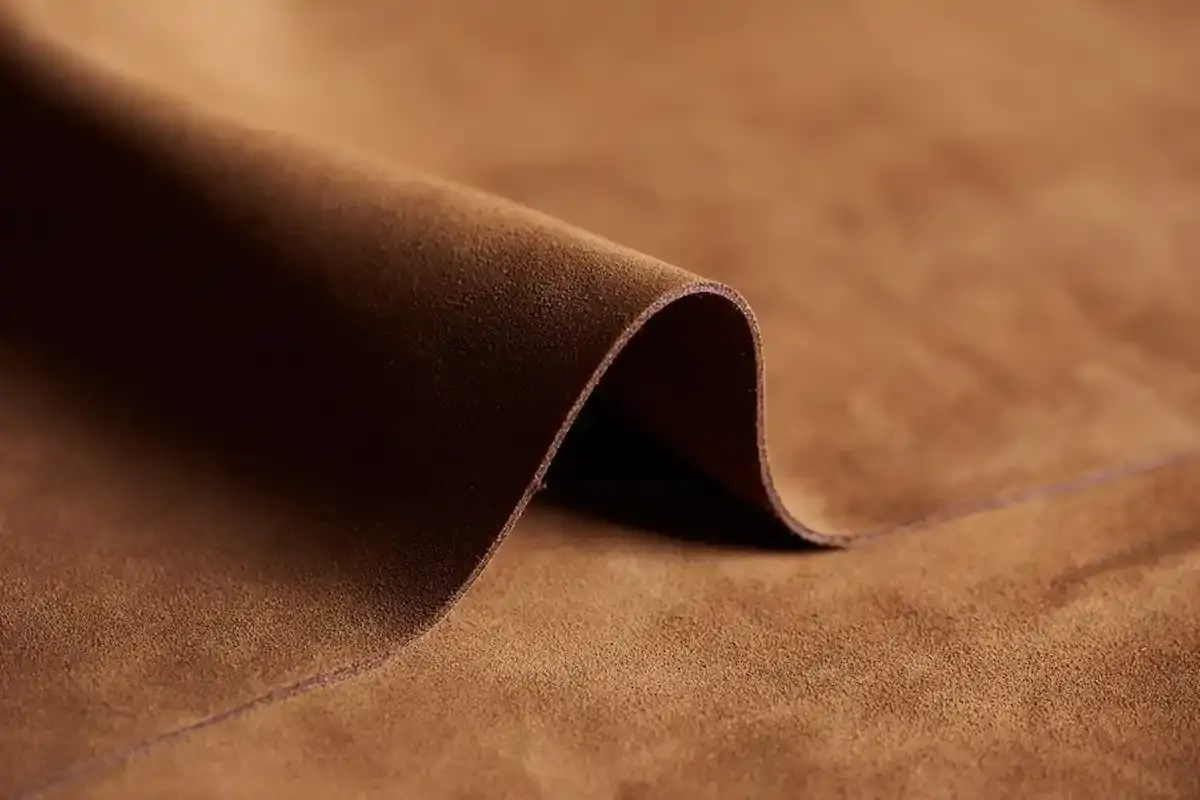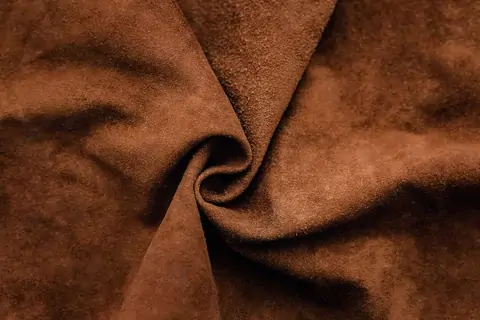When it comes to premium fashion and accessories, few materials capture attention like leather. Among the many varieties available, the debate of nubuck leather vs suede stands out because both finishes are visually appealing yet often misunderstood. Consumers and designers alike ask which option offers better durability, comfort, and style adaptability.
Before choosing between nubuck leather vs suede, it is essential to understand how they are made and what makes each unique. Both are real leather finishes but differ in texture, resilience, and long-term care requirements. This distinction is crucial for both brands seeking the right material for their products and consumers hoping to make informed purchases.
Nubuck leather is created by sanding or buffing the outer grain side of a hide. This process gives it a fine nap and velvety feel while retaining the strength of top layers. As a result, nubuck combines softness with durability, offering a balance that appeals to both luxury brands and practical users.

In the discussion of nubuck leather vs suede, nubuck is known for its refined appearance. It develops a patina over time, enhancing its charm and character. While softer than many full-grain leathers, nubuck still maintains strong fibers, making it more resilient than suede in daily use.
Suede is crafted from the underside of a hide, where the fibers are naturally looser. This gives suede its plush, fuzzy texture, which feels smooth and comfortable. However, because it comes from inner layers, suede lacks the density found in nubuck, making it less resistant to wear.

The nubuck leather vs suede comparison highlights suede’s strong point: style. Suede has a relaxed, casual appeal, often favored in boots, jackets, and accessories. It provides an approachable aesthetic that balances luxury with comfort, though it may require more careful handling than nubuck.
One of the easiest ways to differentiate nubuck leather vs suede is by appearance. Nubuck has a tighter nap with a more uniform finish, giving it a polished and sophisticated look. Suede, on the other hand, has a shaggier, deeper nap, which looks more casual and earthy.
The tactile experience also sets nubuck leather vs suede apart. Nubuck feels smooth yet firm, while suede offers a softer, more velvety sensation. Depending on personal preference, one may feel more suitable for formal use, while the other fits relaxed, everyday fashion.
In the debate of nubuck leather vs suede, durability plays a central role. Nubuck, coming from the outer grain, is denser and stronger, making it more resistant to abrasion and long-term wear. Suede is more delicate and vulnerable to moisture, staining, and scuffing.
Both nubuck and suede require proper care. Nubuck benefits from brushing and protective sprays, while suede demands even more attention. Regular cleaning and avoiding water exposure are essential. When comparing nubuck leather vs suede, maintenance effort can be a deciding factor for many consumers.
Nubuck typically costs more than suede because it comes from the outer hide and requires more precise processing. Consumers comparing nubuck leather vs suede often notice that nubuck is considered a premium choice, while suede tends to be more budget-friendly.
Although suede may be cheaper initially, nubuck’s longevity offers better long-term value. For consumers weighing nubuck leather vs suede, the decision may depend on whether they prioritize immediate affordability or lasting performance.
The discussion of nubuck leather vs suede also connects with other leather comparisons. For instance, top grain leather vs full grain leather explores the difference between slightly corrected leather and the most natural, untouched option. Nubuck, made from top-grain hides, occupies a unique position within this hierarchy.
Similarly, full grain leather vs genuine leather reflects the gap between high-quality hides and lower-grade splits. Nubuck aligns more closely with premium leathers, while suede, though genuine, is less durable. This context helps consumers see both materials in a broader framework.
Nubuck’s refined finish makes it ideal for luxury shoes, handbags, and structured accessories. In the comparison of nubuck leather vs suede, nubuck is often chosen for products requiring both style and strength. Its ability to age gracefully adds long-term appeal for fashion-conscious consumers.
Suede, meanwhile, thrives in casual fashion. It is commonly used in boots, loafers, and outerwear, where comfort and texture are prioritized. When choosing nubuck leather vs suede, designers often match suede with relaxed styles that emphasize softness and versatility.
Choosing between nubuck leather vs suede depends on intended use. Nubuck is better suited for those seeking durability and sophistication, while suede fits buyers who value softness and casual elegance.
Both materials have a place in fashion and design. By considering durability, cost, style, and care requirements, consumers can decide whether nubuck or suede aligns better with their lifestyle. Ultimately, nubuck leather vs suede is less about superiority and more about matching material to purpose.
The comparison of nubuck leather vs suede reveals two unique materials with distinct strengths. Nubuck offers resilience and refinement, while suede delivers softness and casual style. By understanding their differences—and seeing how they relate to broader leather categories like top grain leather vs full grain leather and full grain leather vs genuine leather—consumers can make smarter decisions for fashion, accessories, and beyond.